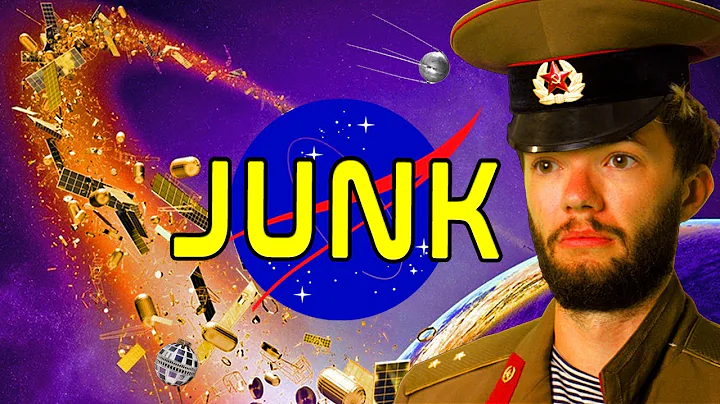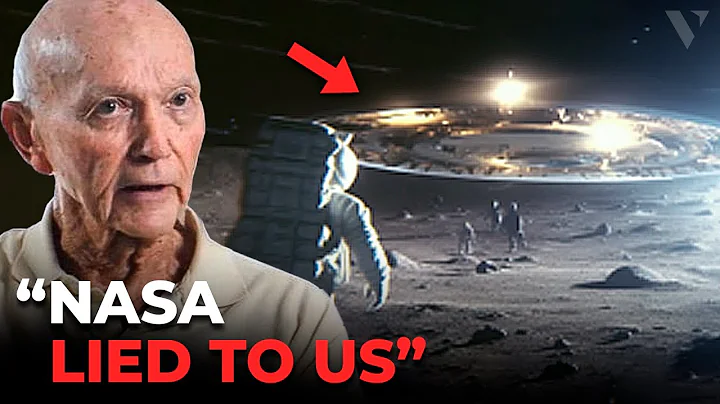
After South Korea successfully launched the "World" rocket, it began to look forward to the next 30 years.
1. From next year to 2027, "World" will be launched four times.
2. Develop a new generation of "World" equipped with five 100-ton engines.
3. Starting with the lunar orbiter launched in August this year, we will launch lunar exploration.
Researchers at the Korea Aerospace Research Institute are conducting final inspections before moving the lunar orbiter "Danuri (Shared Moon?)" to be launched in August this year.
"World" was successfully launched

But strictly speaking, the launch of the "World" in October last year and this second launch were just "dress rehearsals" because they were to check whether the rocket can function properly as a means of transportation. During the operation stage, it was called a "test launch" on site. The first time it carried only a dummy satellite, the second time it carried a 168-kilogram performance verification satellite and a 1.3-ton dummy satellite. Whether "World" can become a real test for the space industry will be carried out starting next year.

The "Korean Rocket Advanced Project" promoted by the Ministry of Science, Technology, Information and Communications of Korea and the Korea Aerospace Research Institute (Aerospace Research Institute), according to last year's Based on the approval of the readiness investigation, 687.4 billion won (approximately 3.6 billion yuan) will be spent to launch the "World" four more times by 2027. The "World" is scheduled to be launched for the third time next year and will carry a new generation that will actually operate for the first time. Small Satellite 2.
Zhang Yongshun (transliteration), director of the Rocket System Development Department of Korea Aerospace Research Institute, explained: "The World No. 3 machine is currently being assembled. ". The fourth launch in 2024 will carry both the next-generation medium-sized satellite No. 3 and the ultra-small satellite No. 1. The fifth launch in 2025 and the sixth launch in 2027 will carry five ultra-small satellites each.
The Ministry of Science, Technology, Information and Communications is promoting the "new generation rocket development project" after the "World" because it is difficult to independently launch the lunar module and the independent launch of three-ton large satellites with the "World" alone. If the basic plan for subspace development and promotion currently being carried out by
passes the preparatory review, 1.9330 trillion won will be invested in the development of a two-stage rocket based on liquid oxygen kerosene over the next nine years until 2031. . The first-stage engine will be designed using an aggregation method of five 100-ton liquid engines that are larger than the "World" engine (75 tons), and the second-stage engine will be composed of two 10-ton liquid engines.
will make South Korea a space power.

The Korea Aerospace Research Institute entered the "pioneer research on high performance of liquid engines" this year and began to secure the main technology of the 100-ton multi-stage combustion cycle engine. The next generation rocket will also be used as the lunar probe scheduled to be launched in 2030. Rocket use.
On August 3 this year (Korean time), South Korea’s first lunar orbiter will be launched from the Cape Canaveral Space Base in Florida, USA, by the Falcon 9 launch vehicle of SpaceX. The launch is evaluated as South Korea's entry into three major space development fields, including space exploration and , following the development of rockets and satellites. This will be a turning point for South Korea to become a space power.
South Korea's rocket technology originated from Russia.

Jeonnam is happy. The red stone is kept in the collection of the Space Science Museum of the Gun Naro Space Center. This is a souvenir brought by the director of the Russian Federal Space Agency when he visited the Naro Space Center for the Korea-Russia talks in 2007. It is said to be from Kazakhstan, which is engaged in space development in Russia. Excavated from under the Gagarin launch pad at the Stanbaikonur Space Center
Although South Korea and the United States have maintained a close relationship with the "Korea-U.S. Alliance" for the past 70 years, it is actually helping South Korea develop space rockets. Russia and other former Soviet countries had a cold war with the United States in the past.Since the United States established the Missile Technology Control Regime (MTCR) in 1987, it has prohibited the trade of missile technology and parts between countries. Allied South Korea is no exception. The reason why the former Soviet Union countries were able to teach South Korea space technology was because they experienced periods of great chaos such as Russia's debt default in 1998.
But now, Russia and Ukraine are engaged in a "bloody war", while South Korea and the West stand on the side of Ukraine. This is another irony.

KSR-I (KOREAN SOUNDING ROCKET-I), launched in 1993, was the beginning of Korea's rocket development targeting the space. The KSR-1, which used solid fuel in the first stage, flew a distance of 77 kilometers for 190 seconds at a maximum altitude of 39 kilometers.
Although the KSR-2, which was successfully launched in 1997, is a 2-stage rocket, it is also an solid rocket . The flight altitude of KSR-2 reached 151 kilometers, and cosmic X-rays were observed for the first time in South Korea. However, solid rockets have not been developed into space rockets that can launch satellites due to South Korea and the United States' missile policies that limit the range.
The KSR-3, successfully launched in 2002, is South Korea's first liquid-fueled science rocket. The first section is equipped with a liquid engine, with a flight altitude of 43 kilometers and a distance of 80 kilometers. From this time cooperation with Russian space technology began. Russia, whose economy is in trouble, needs funds even if it sells part of the country's core technologies.
Cho Kwang-rae (transliteration), former director of Korea Aerospace Research Institute, recalled: "I visited the Keldysh Research Institute in Russia and received consultation on liquid rocket design technology. I also brought the completed 13-ton engine to the Russian Central Machinery Manufacturing Research Institute. Institute, conducted combustion experiments.” KSR-3 was followed by the Korean launcher (KSLV-1) Na Lao, which was successfully launched in January 2013. The first stage is the latest Angara engine produced in Russia with a thrust of 180 tons, and the second stage is a solid engine.
The reverse engineering of the Russian rocket

first chose the method of using the rocket engine of the advanced countries in the universe to launch the carrier rocket and accumulate experience.
Aerospace Research Institute has also begun to develop 30-ton liquid rockets in addition to Luo Lao. We have also successfully developed the engine's core turbo pump and combustion chamber . However, due to insufficient budget, it was not developed as a completed engine. Jin Zhenhan (transliteration), a responsible researcher at the Aerospace Research Institute, said: "In 2007, in order to test the turbine pump, it was brought to the Russian Central Machinery Manufacturing Research Institute, but due to an explosion, the local test equipment was also burned down."
6 The 75-ton rocket engine of the Korean-type launcher (KSLV-2) "World" successfully launched on the 21st was actually the result of reverse engineering of the Russian liquid rocket (REVERSE ENGINEERING). The helium tank is imported from Ukraine. Former dean Zhao Guanglai said: "What was completed in a short period of time was the result of the sweat of aerospace researchers, but we have to admit this reality of Russia's contribution to space technology."





















